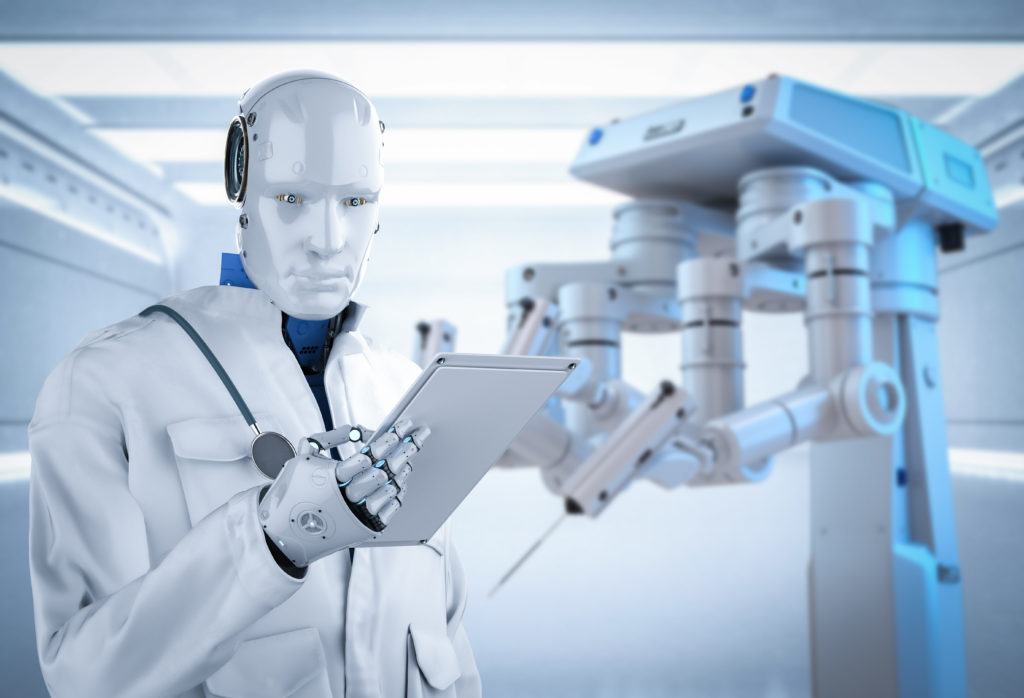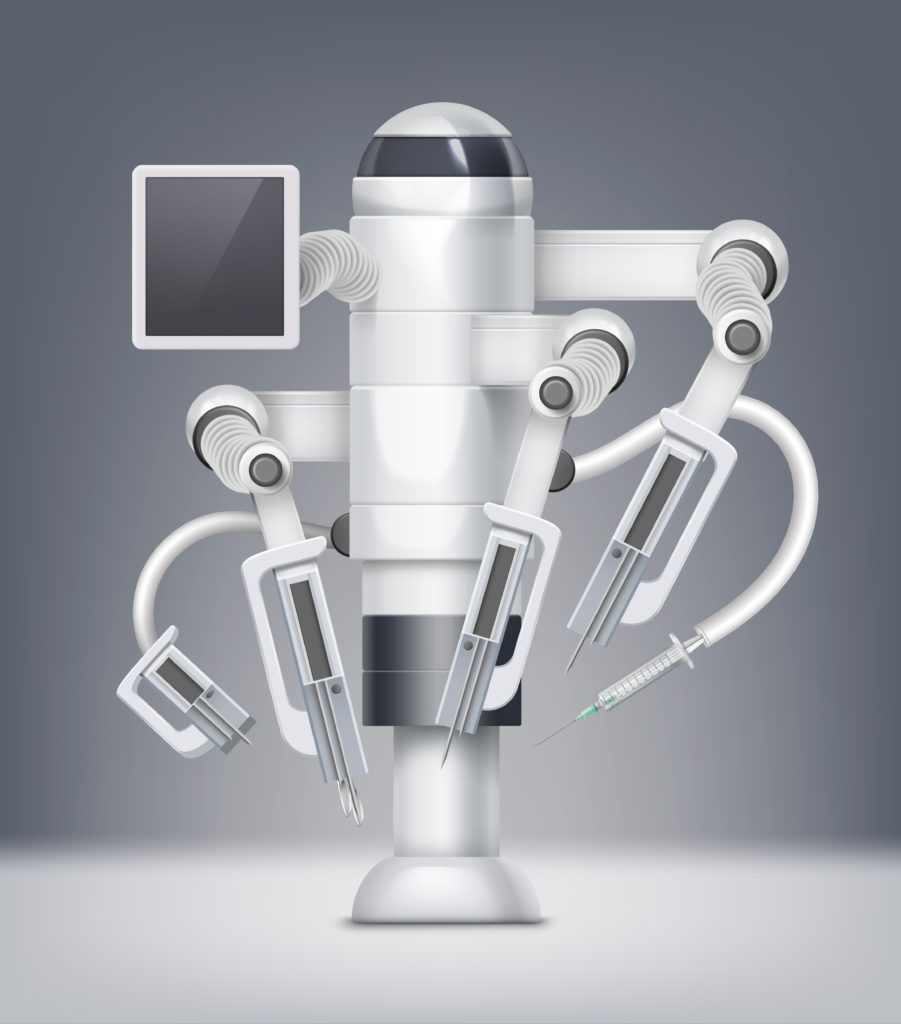Well,
If you have been tracking news recently then it’s almost certain that you have come across the recent transformation brought in the healthcare industry due to the outbreak of Covid-19. All the countries have been focusing on preventing and mitigating the effects of the pandemic through several technological advancements in healthcare. And, Robo-Doctors are one among the widely used technology for diagnosis and patient care.
Who is more reliable: a Robot or a Human?
This question is becoming more and more relevant since ‘Robots’ are performing surgeries, diagnosing diseases, making medicine, monitoring compliance with voluntary quarantines etc…
Robots are used for disinfection and prevent virus transmission. They visit patients and brighten their day with social stimulation, entertain & guide them to exercise, do talk therapy, and serve food. They also help health care providers to deliver treatments, take bio-readings, prescribe medications, diagnose patients, develop vaccines & test viruses, disinfecting wards, equipment, etc.

Various countries have developed ‘Robots’ to assist in the healthcare industry. For instance, in India, a 20-year old engineering student ‘Akansha’ from Bihar along with her father developed a “Medi-Robot” with the intention of saving lives of doctors & medical staff. This robot can perform some of the necessary tests like oxygen & glucose levels in blood , temperature, ECG, blood pressure, heart rate, deliver food, and medicines to the patients etc..
First medical robot, “PUMA” was used in 1985 with neurosurgical biopsy and was successful.
Some of the other medical Robots and their functions are:
Robot Mini Load: Picking, storing, retrieving medicines & equipment.
Yumi:Two armed laboratory Robot, creates & tests vaccines & viruses.
Robots by Xenex: Replaces cleaners, wipes surfaces, equipment.
Grace: Nursing Robot, interacts with patients who are isolated by Coronavirus, deliver treatments, and assess their health. Grace was launched in the emergency need of humanoid robots.
Hence, Robots are ‘Enablers’ to the doctors, medical staff, patients, as they are deployed for performing various functions. And, they are ‘barriers’ to the Coronavirus, as they are preventing the widespread virus transmission among people.

Just like the two sides of a coin, despite their immense contribution in healthcare, Robo-Doctors are not exempted from negative impacts. While there are numerous benefits of utilizing robots to run the tasks given in healthcare, there are chances of mechanical failure. A single system failing to function will cost a human life. Apart from this, here is the list of negative impacts of excessive use of Robo-Doctors:
- Robots lead to unemployment– Since Robots can work 24/7 without earning a profit & not making any mistakes, this will force medical staff out of jobs.
- From a Robotic instrument, electrical current can be misapplied to the surrounding tissues & result in burn injuries.
- They have no emotions.
- Their implementation results in human isolation too, where there will be no human interaction.
- They are too expensive to use, to install & run. Not everyone can afford Robotic treatments & surgeries.
- There can be a mechanical failure in Robotics arms, camera, tower, binocular lenses, and instruments.
“Elimination of glitch will make Robots viable, addition of glitch will make Robots beguiling.”
